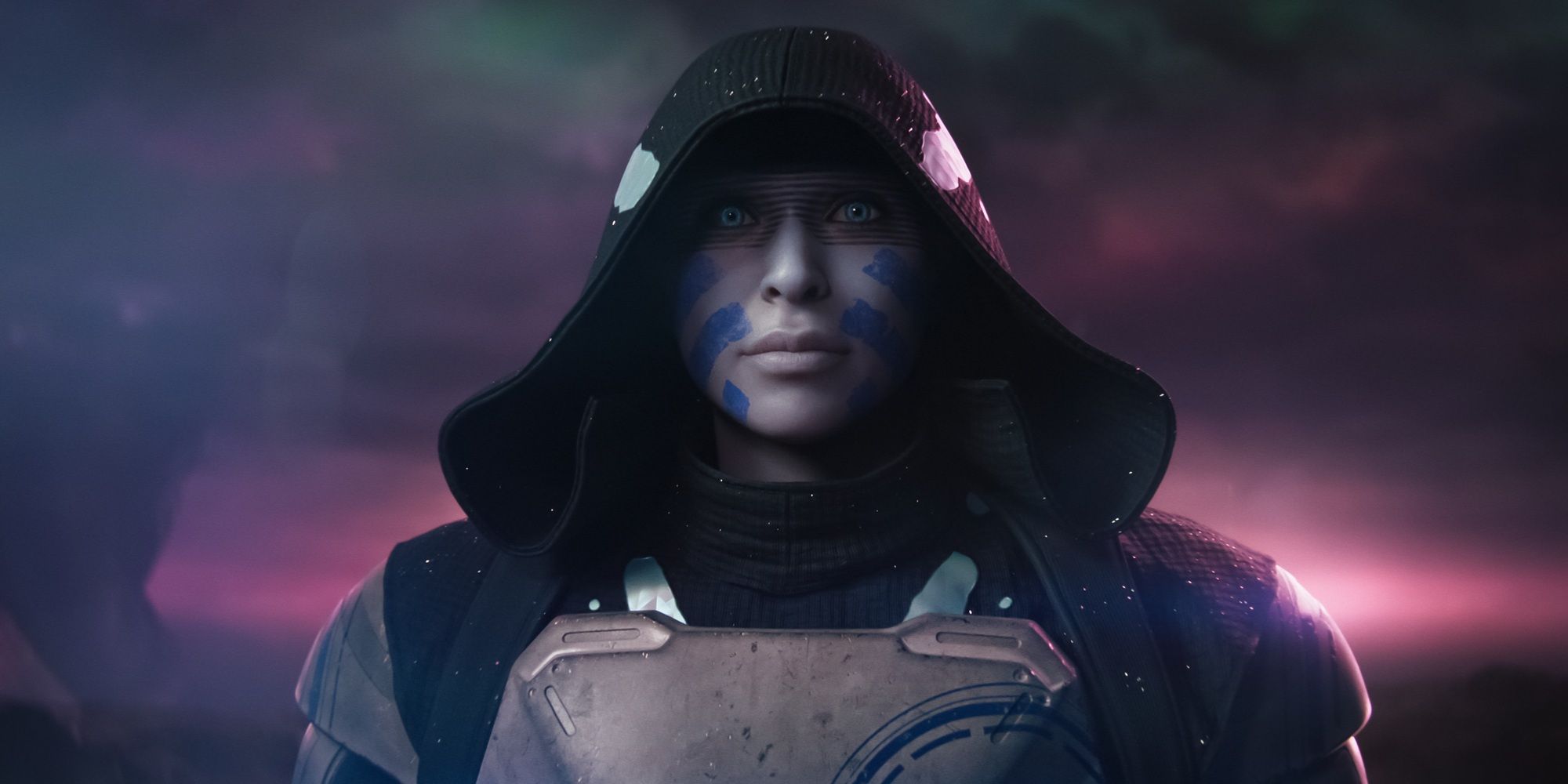2024 marked a massive milestone for the Destiny franchise, marking the series' ten-year anniversary and the end of the Light and Darkness saga. Destiny 2: The Final Shape felt like a definitive end, closing numerous open story threads amidst a final clash with The Witness. Yet, it is not the end, as Bungie has made clear the story will continue in the new Fate Saga. Starting with Destiny 2: The Edge of Fate, Bungie hopes to usher in an exciting new era for Destiny 2 by taking players to an all-new location with new mechanics, characters and threats waiting to destroy Sol. Does Destiny 2: The Edge of Fate successfully start a new chapter for Destiny 2, or does it falter under the pressure of its Herculean task?
Destiny 2: The Edge of Fate picks up sometime after the events of The Final Shape and the following year’s seasonal stories. The Guardian, Ikora Rey and Drifter are drawn to Kepler, a mysterious planetoid on the edge of Sol, by III, a member of the mysterious Nine faction. It’s there that they meet Lodi, a character shrouded in mystery they must help to reach III before the Archon (Fallen) or Maya Sundaresh (Vex) can reach him.
From a narrative standpoint, Destiny 2: The Edge of Fate offers up intriguing nuggets to kick off the start of this new saga. Lodi’s backstory, the truth behind a main character’s past and the elusive nature of the Nine and their omniscient plans for the galaxy are all standouts in this expansion. The main problem is the campaign's execution.
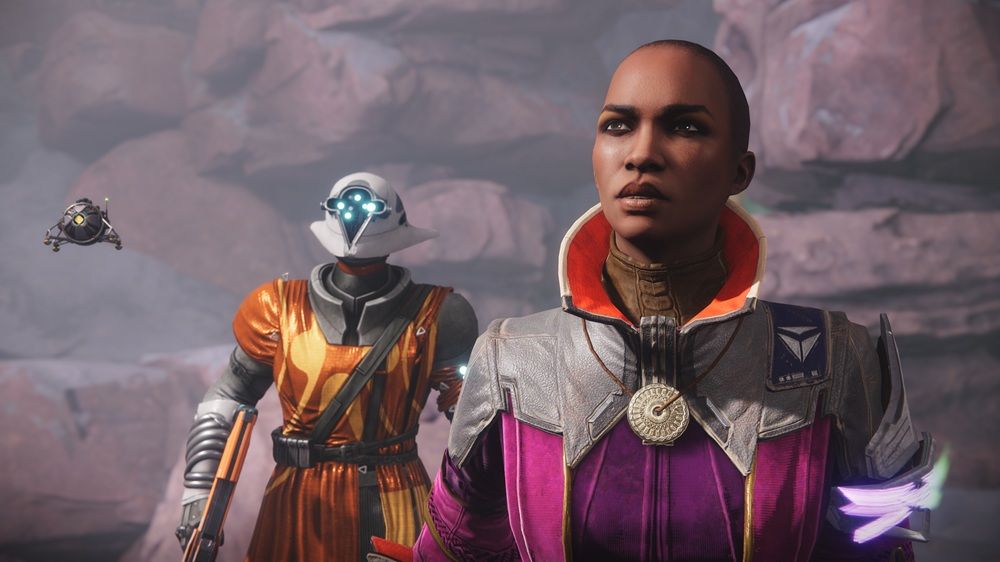
Destiny 2: The Edge of Fate’s storytelling unfortunately falls back into the same tropes that shaped some of the franchise’s worst campaigns. The fourteen-mission campaign is a slog filled with mind-numbing busy work that yields minimal payoff. Most of the story is told via giant expedition dumps from NPCs over comms, spoken straight to you by static models or told extremely well through beautifully orchestrated cutscenes, though the latter is used minimally. Remove the busy work and there’s only about twenty-thirty minutes of actual storytelling in this campaign.
A big part of the problem is that much of the dialogue is written and performed in the style of vanilla Destiny's storytelling. Orin is especially guilty of this, feeling way too much like a reincarnation of The Exo-Stranger with a lot of monologuing, proper nouns and hyperbole, but little actual substance.
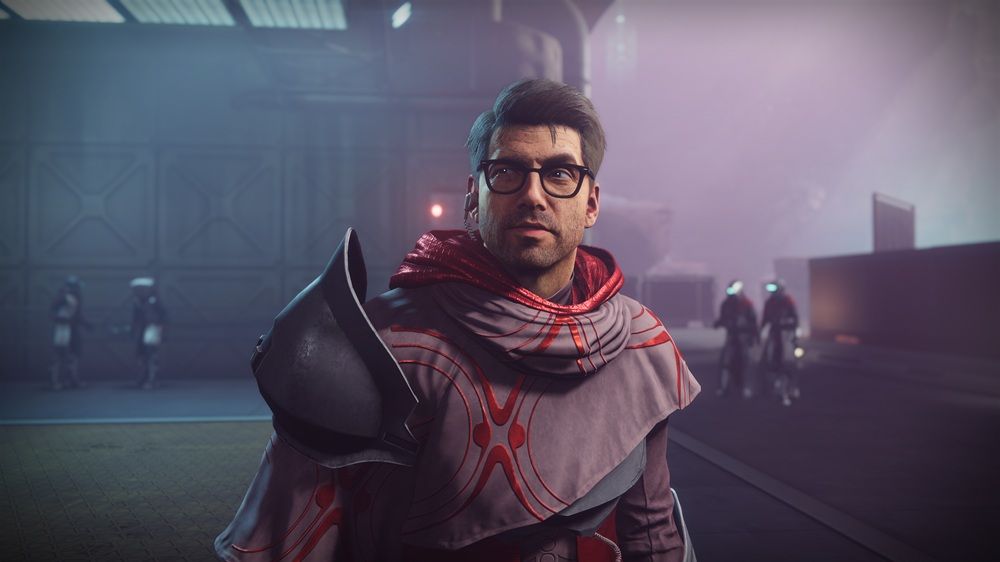
There’s also little wiggle room for new players to hop in, and even some veteran players might be confused. Despite being the start of a new saga, The Edge of Fate relies a bit too heavily on knowledge of seasonal stories and lore to completely grasp what’s going on here. Who is Maya Sundaresh, and how does she control the Vex? Hope you played the Echoes episode earlier this year. Are the Nine the same people who run the game show like Dares of Eternity and ride space horses? Kind of, but not really. This isn’t the clean start many might have been hoping for.
What makes The Edge of Fate’s story so frustrating is that Bungie can do better than this. The Witch Queen and The Final Shape proved that Bungie knows how to write strong characters, design creative narrative missions, and tell a good story within this universe. The Edge of Fate is a massive regression from the highs of previous Destiny and Destiny 2 expansions.
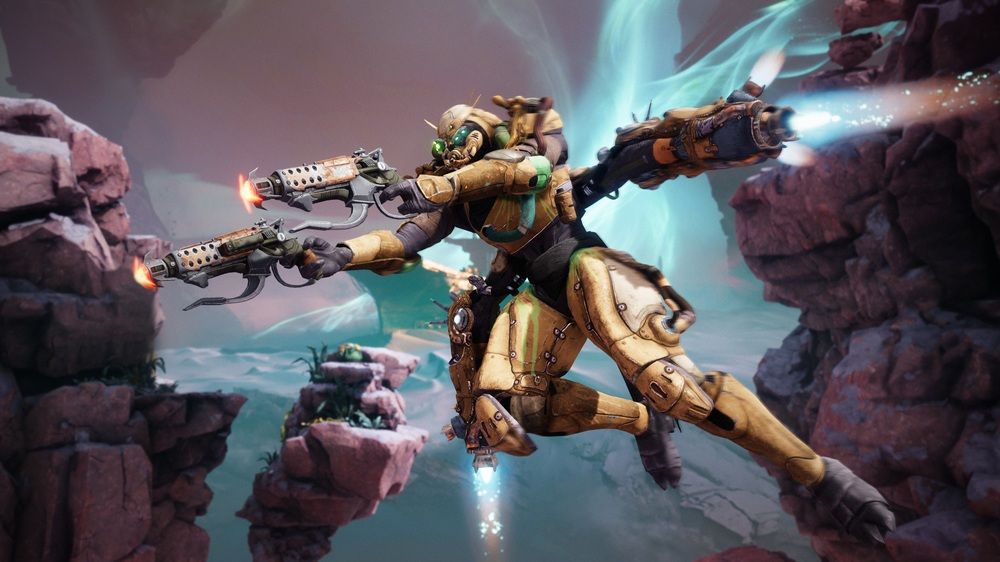
Destiny 2: The Edge of Fate has a strong narrative premise, solid character work for Lodi and Ikora, and sets up intriguing events to come, but it falters at telling that story, what little there is to tell. In many ways, The Edge of Fate feels like vanilla Destiny; an interesting and promising narrative thread executed poorly. While vanilla Destiny had a lot going for it to help prop up its bad story (newness, great gameplay, fun co-op mechanics, lots of worlds and activities to explore), however, The Edge of Fate has little to fall back on.
Wait, it's $39.99?
The game does still have excellent gunplay, something that Destiny 2 continues to excel at. What it doesn’t have is a sense of freshness. The new location, Kepler, feels too familiar to previous worlds and lacks a sense of originality with its many cliffaces, canyons and yellow pustules feeling ripped from Mars, Venus and other older locales. It’s also a tiny world, so small that Bungie doesn’t even allow you to use your Sparrow and continuously has you running through the same spots multiple times per mission. It’s also home to new gameplay mechanics that ultimately are gimmicks that feel slapped together from already-existing mechanics.
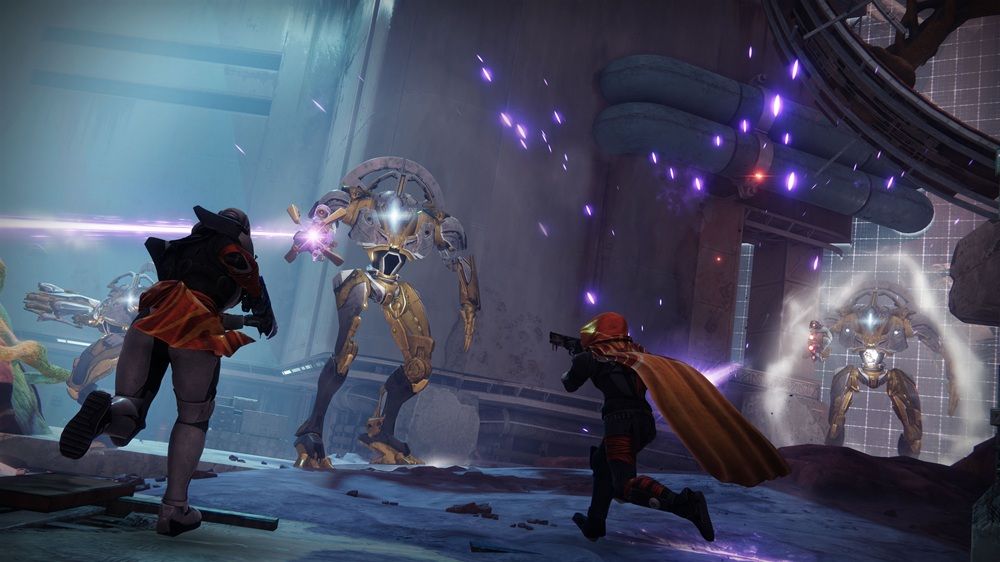
Mattermorph allows you to briefly switch the positions of select objects in the environment. Relocator Cannons are repurposed Scorch Cannons that allow you to teleport to defined locations. Finally, and worst of all, is Matterspark, which transforms you into a ball of anti-matter energy and forces you to navigate tight and disorienting corridors where it’s too easy to get turned around. Maybe this could all work as a new Anti-Matter subclass, one where each of these powers opens up new ways to interact with the environment, ala Stasis creating new platforms or Strand allowing you to swing through the environment. As is, these are merely gimmicks, and not functional ones.
While vanilla Destiny had a lot going for it to help prop up its bad story (newness, great gameplay, fun co-op mechanics, lots of worlds and activities to explore), The Edge of Fate has very little to fall back on.
There’s also a general sense of tiredness when playing Destiny 2: The Edge of Fate. The gunplay remains fantastic, but it’s the same gunplay that the franchise has relied on since 2014. Kepler doesn’t feel like some magical new world ushering in a new era of Destiny, but a mosh pit of old ideas presented as something new. Similarly, Bungie has reset weapon and armor levels and reorganized old content into a new Portal system, but it’s still the same old grind and same old content. From a content-to-value perspective, The Edge of Fate is the stingiest main expansion yet with just Kepler, the 14 mission campaign, and raid. No Crucible maps, no Gambit maps, and, for the first time ever, not even a single Strike. And, yes, despite this being a new era and story, we’re still fighting the same enemies that have been around since 2014. Curse of Osiris and Warmind may not have been great, but for $19.99, both offered up more than what the $39.99 The Edge of Fate is offering.
Closing Comments:
It’s hard to end this without mentioning how badly Destiny 2: The Edge of Fate should have been Destiny 3. A new game would be exciting, possibly introducing more than one new location, and giving Bungie a new framework to create fresh experiences. As an expansion, The Edge of Fate feels tired when it should have felt new and fresh. The narrative has good ideas, but it’s held back by a major regression in storytelling and mission design, lacking any of the brilliance that made expansions like The Taken King, Forsaken, The Witch Queen and The Final Shape so stellar. Gunplay remains fantastic, but that’s something the franchise has been coasting on for more than a decade. The new gameplay mechanics are more gimmicks than anything fresh and Kepler is one of the weakest new locations artistically.
Probably the most disappointing thing about The Edge of Fate is how skimpy it is on new content. With just a campaign, location and raid, The Edge of Fate is the worst value proposition of any piece of Destiny content since Destiny: The Dark Below. Ushering in a new era, the next Destiny release needed to be bold, hook players and continue to show that Bungie can release quality products each go-around. A Destiny 3 might have been able to do all that. As an expansion, Destiny 2: The Edge of Fate doesn’t accomplish any of that outside of introducing an intriguing concept. This is one fate the Destiny franchise might not be able to escape from.
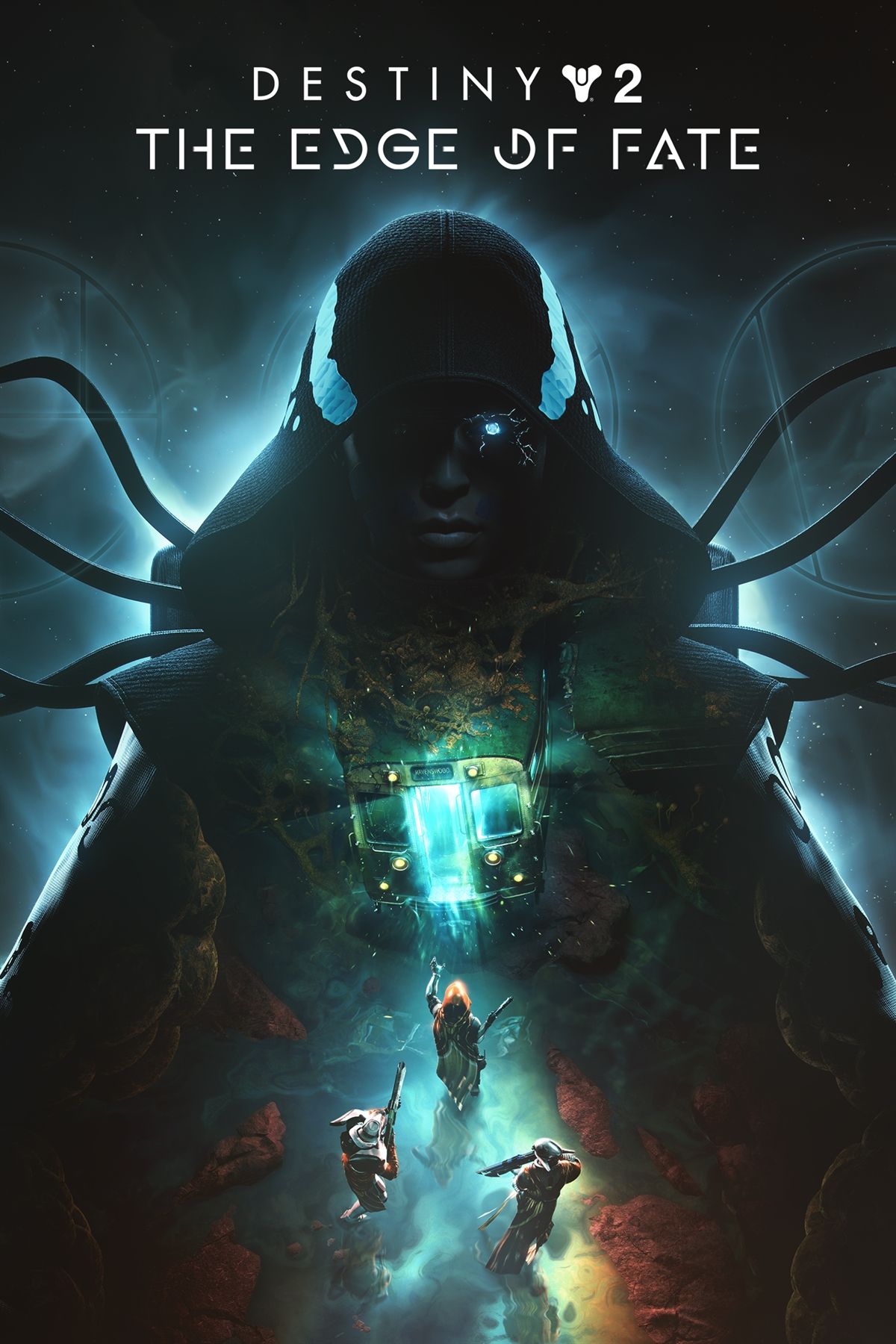
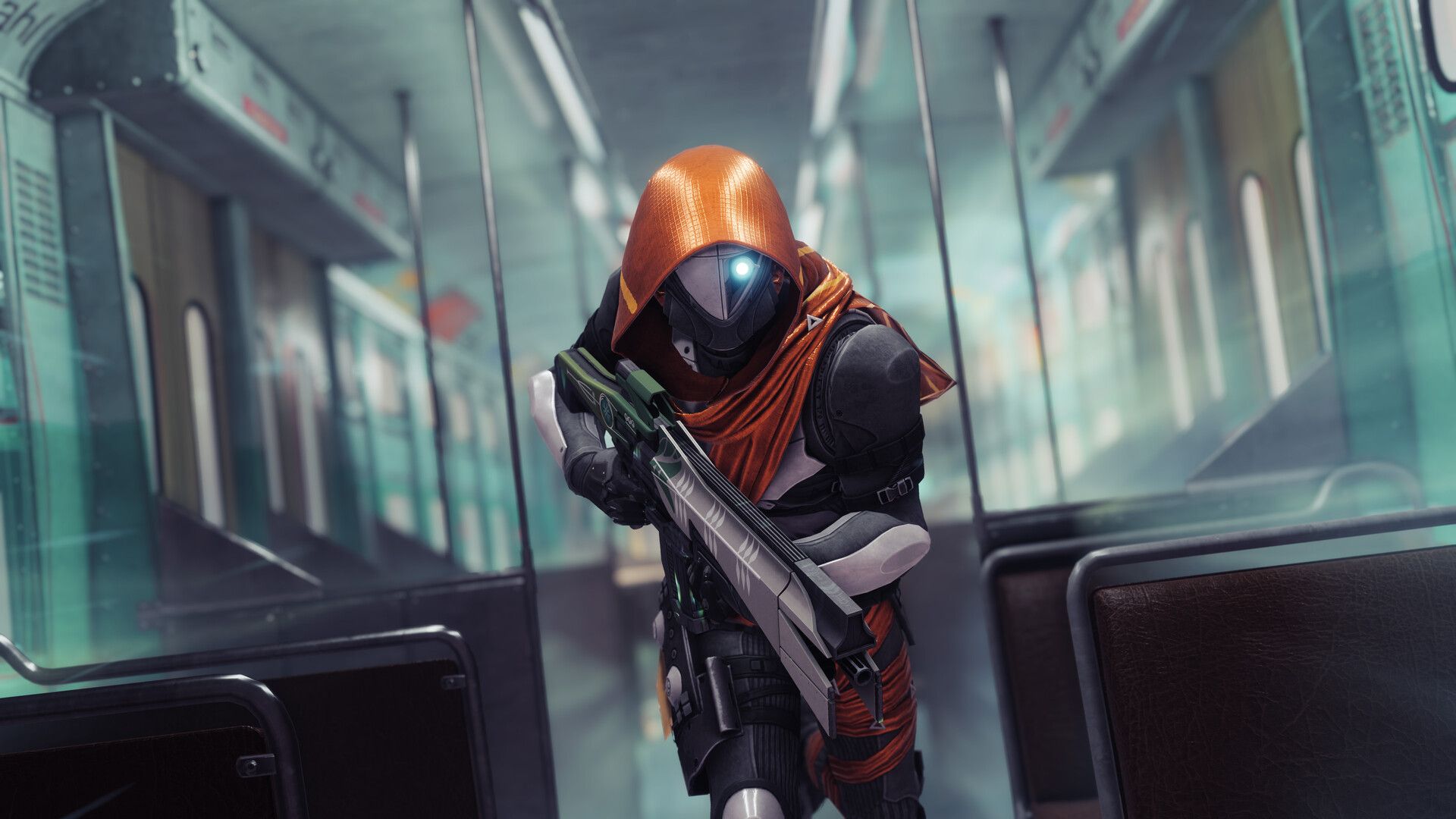
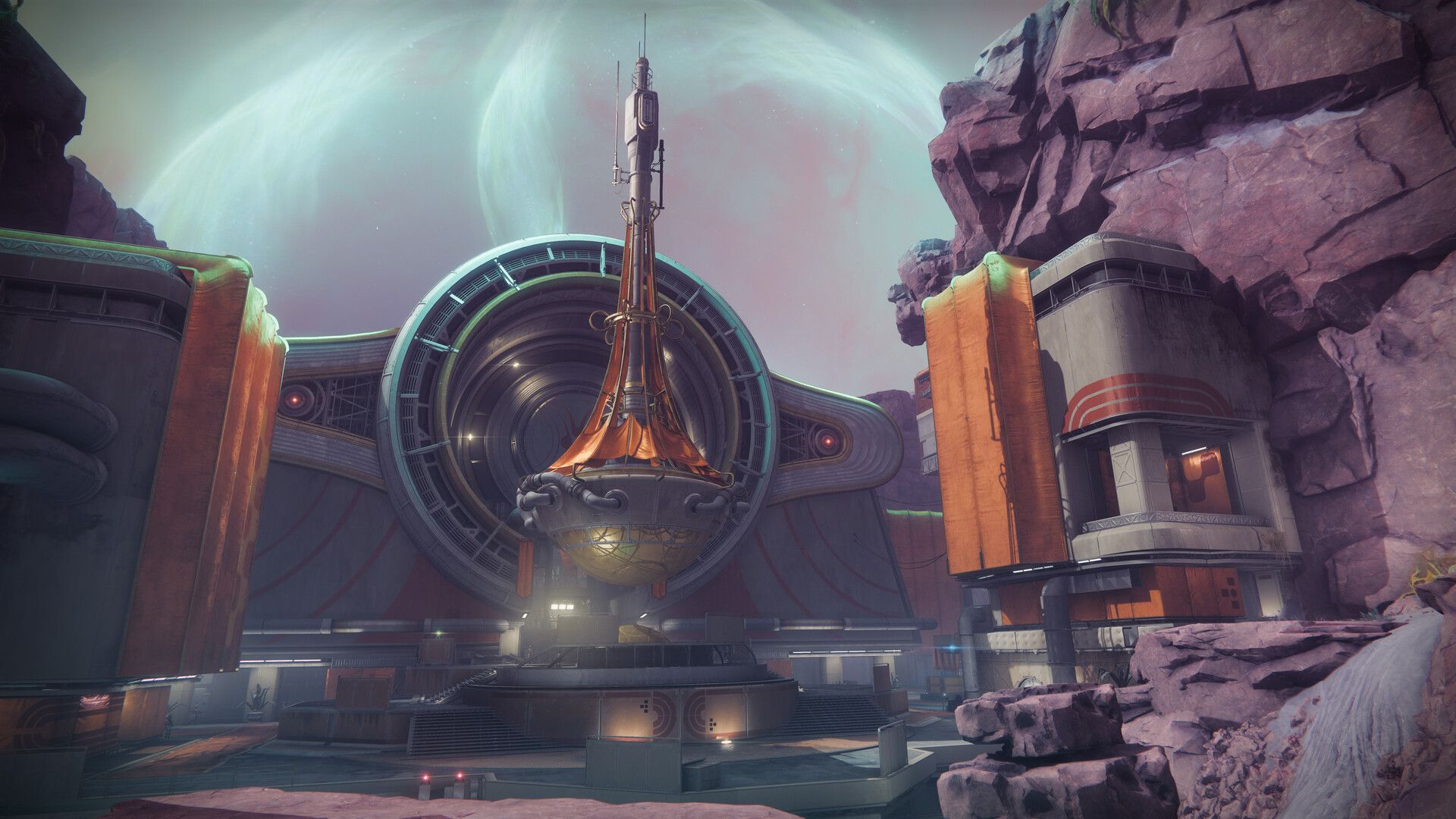
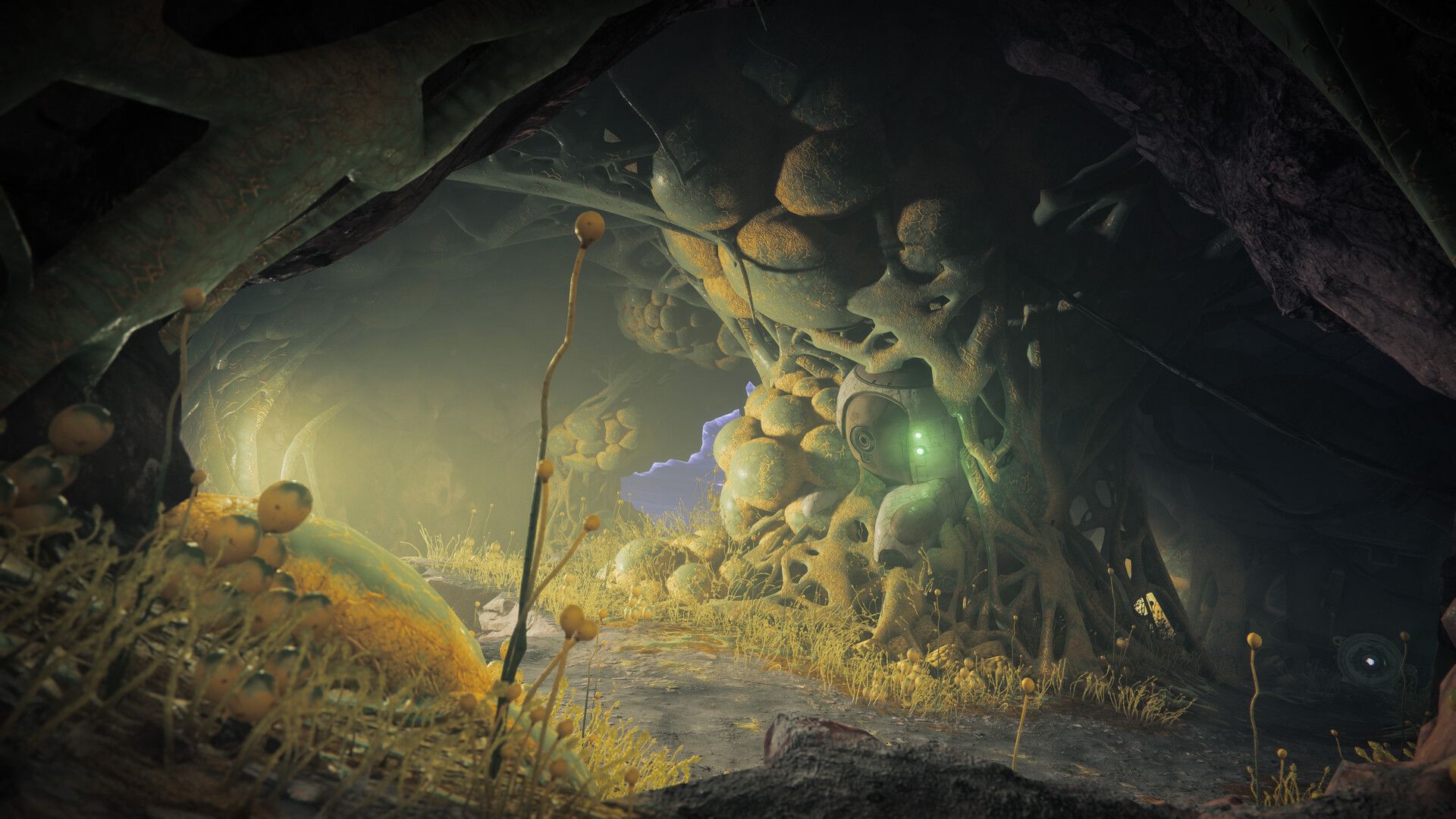
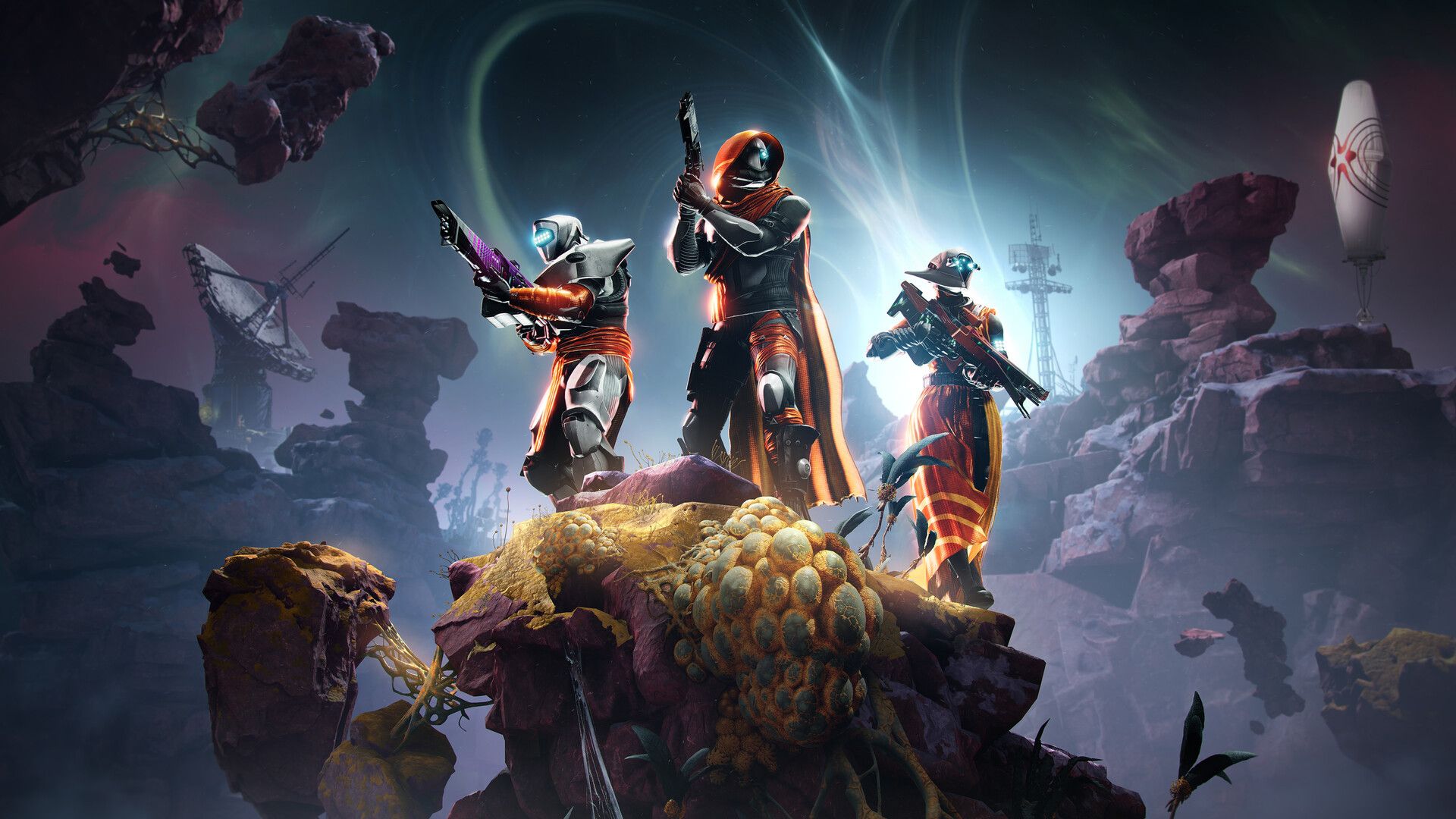
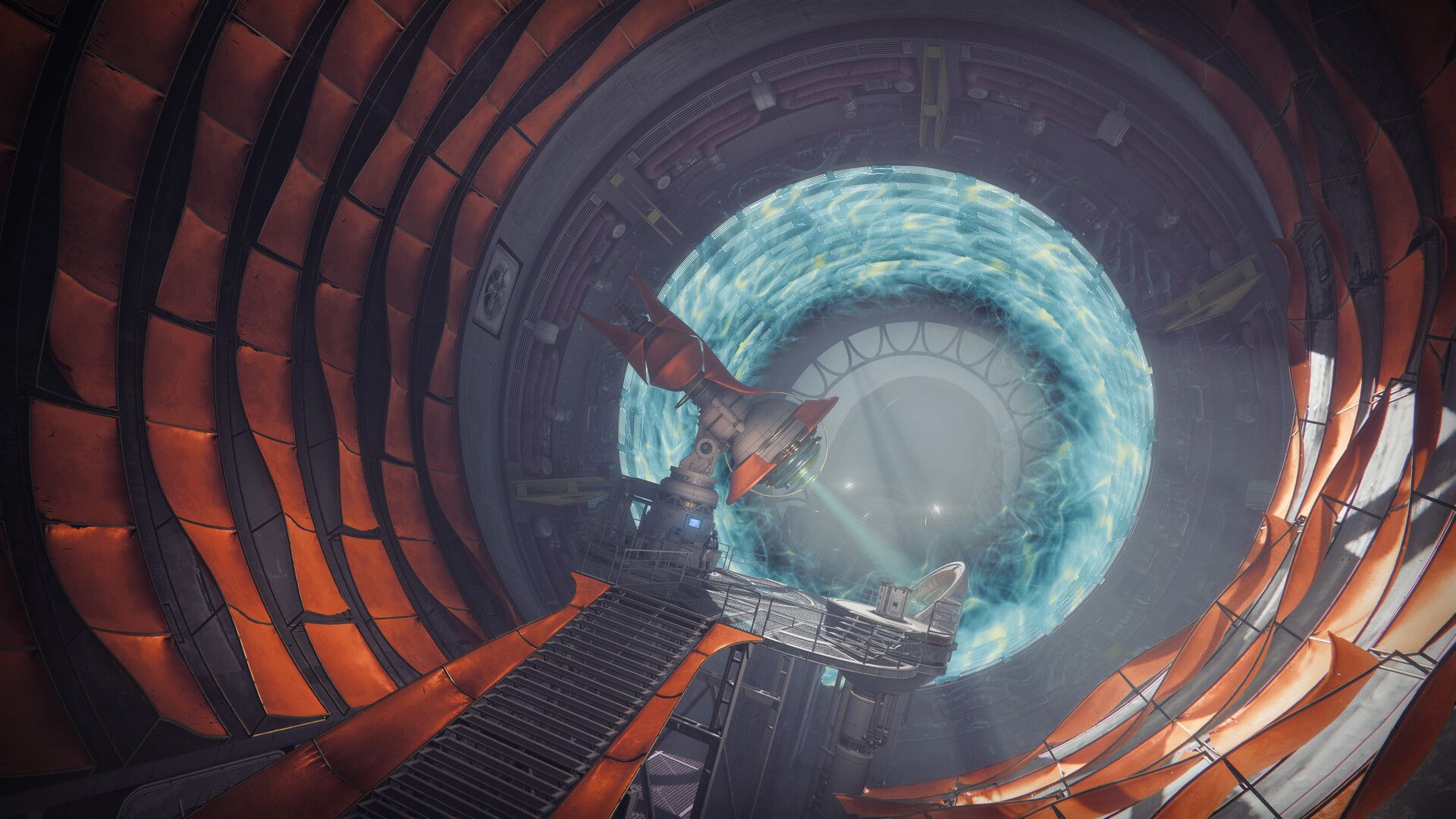
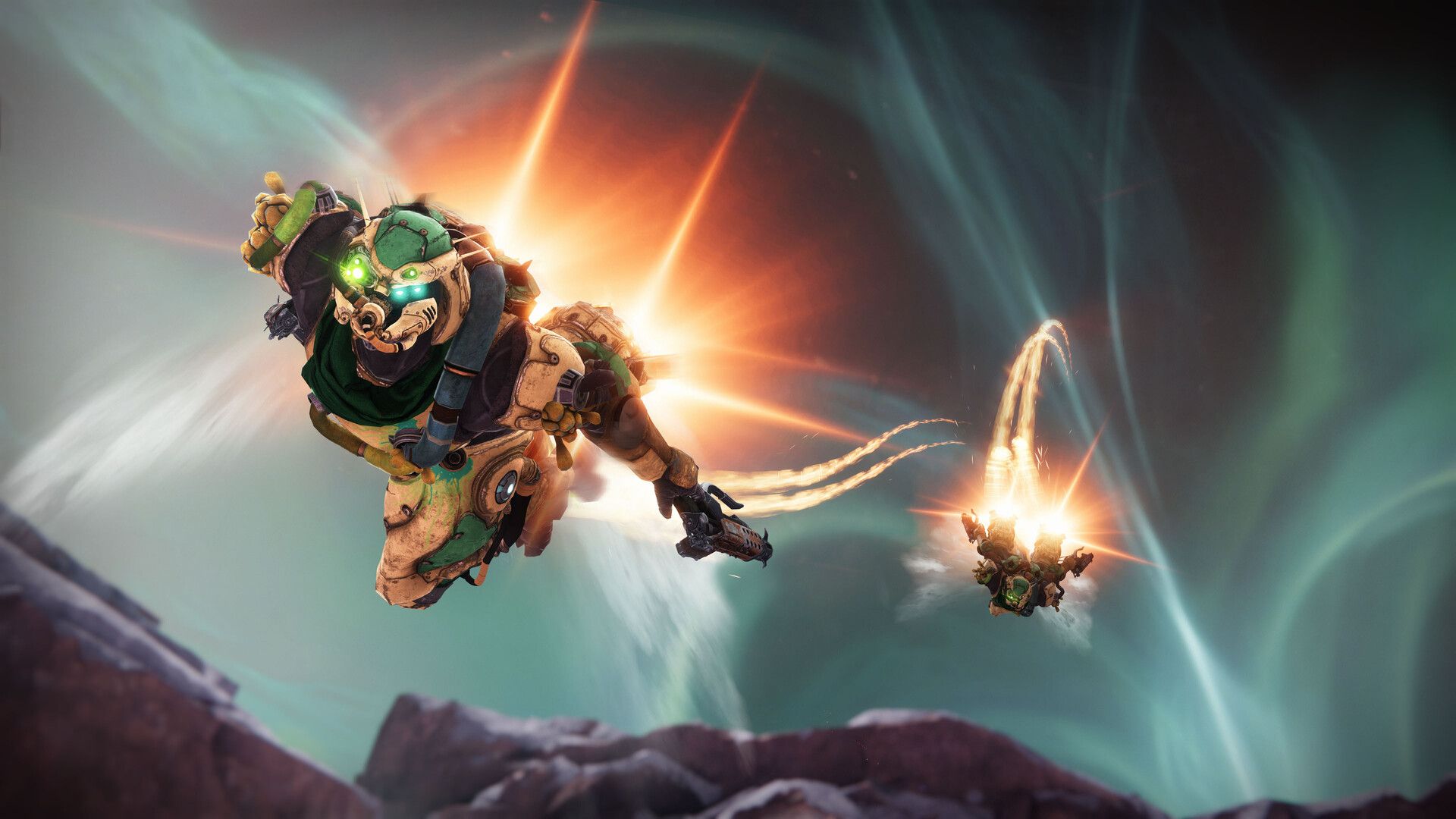
Play Destiny 2: The Edge of Fate. Guardians will track a mysterious signal to a location at the edge of the solar system, where they will uncover a truth that redefines their future.
The Future Is Now - A new adventure and the start of a new saga in Destiny 2. World tiers allow Guardians to select the level of difficulty that is right for them and reap the rewards that come with victory. Higher tiers offer more challenge, additional narrative threads, new secrets to uncover, and more powerful gear to collect. Access Kepler’s Secrets - Hidden deep within the Reef, a new destination awaits: the mysterious planetoid of Kepler. Explore a lost human settlement and forgotten Fallen houses, and encounter new characters, all affected by a mysterious Anomaly that has twisted the destination into something menacing.
Destination Abilities - Push the limit of your Guardian’s capabilities and unlock the mysteries of Kepler with new destination abilities, powered by the mysterious Anomaly. New Foes - Two new enemy combatants have entered the fray. Cut down swarming masses of Vex drones known as Kobolds, and face diabolical hovering Fallen Corsairs, each intent on standing in the way of your success.
- Franchise
- Destiny
- Platform(s)
- PlayStation 5, PlayStation 4, Xbox Series X, Xbox Series S, Xbox One, PC
- An interesting idea for the next saga
- Lodi and Ikora Rey shine
- The worst cost-to-value proposition in Destiny history
- Major regression in storytelling
- Kepler is an uninteresting, derivative new location
- No new enemy factions, Crucible Maps, Gambit Maps, or, for the first time ever, Strikes


